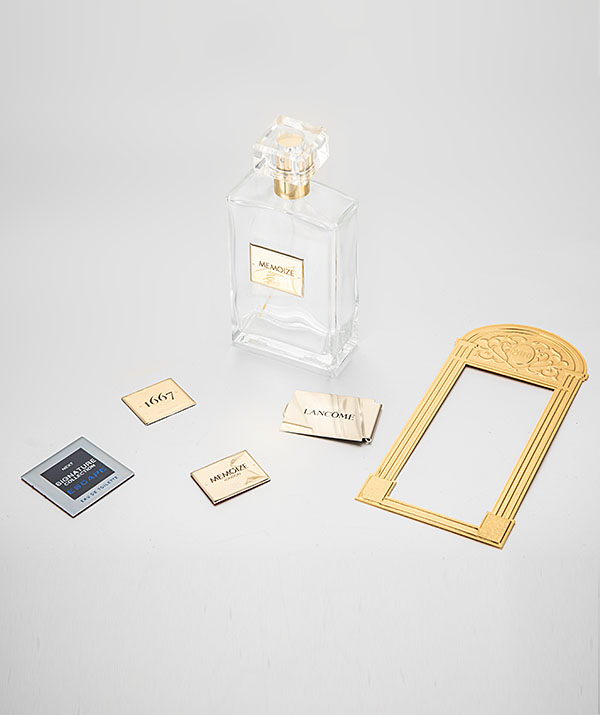Aluminium signs have also been made with chemical milling before, but the size is far from this large, and this is the first time a sign of this size has been produced. Process flow Removal purpose ※Applying protective coating ※Vulcanizing-repairing※Pad printing engraving, corroding and trimming ※Cleaning ※Filling ※Cover varnish ※Packaging process conditions and instructions Degreasing is mainly to remove oil stains and anti-rust oil on the surface of the workpiece. If there is more oil, you can use organic solvent to remove oil first, and then chemically remove oil.
Direct solvent degreasing can be used for those with high requirements on surface finish and less oil pollution. Whether the grease is exhausted or not directly affects the bonding force between the protective coating and the bottom layer of the substrate. If the bonding force is not good, the protective coating will fall off during the corrosion process, which will eventually lead to deformation of text patterns or even unclear recognition. The protective coating is the same as the photosensitive adhesive, and the protective coating plays a protective role. Since the corrosion depth is deeper than that of ordinary signs, the selected protective coating should have good bonding force with the substrate and the coating should have high strength and elongation.
During construction, the thickness of the coating must be well controlled, generally 0.2~0.3mm. Too thick is not conducive to future engraving; too thin is not protective. Nameplate customization, metal logo customization, stainless steel sign making, electroplating vacuum plating, PET sign making, aluminum sign customization services.


 English
English 简体中文
简体中文







